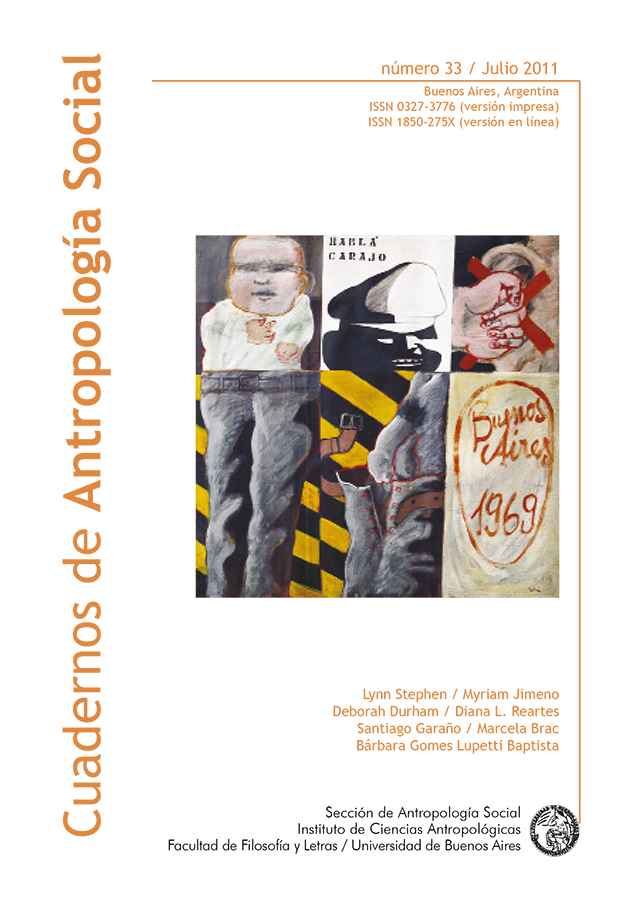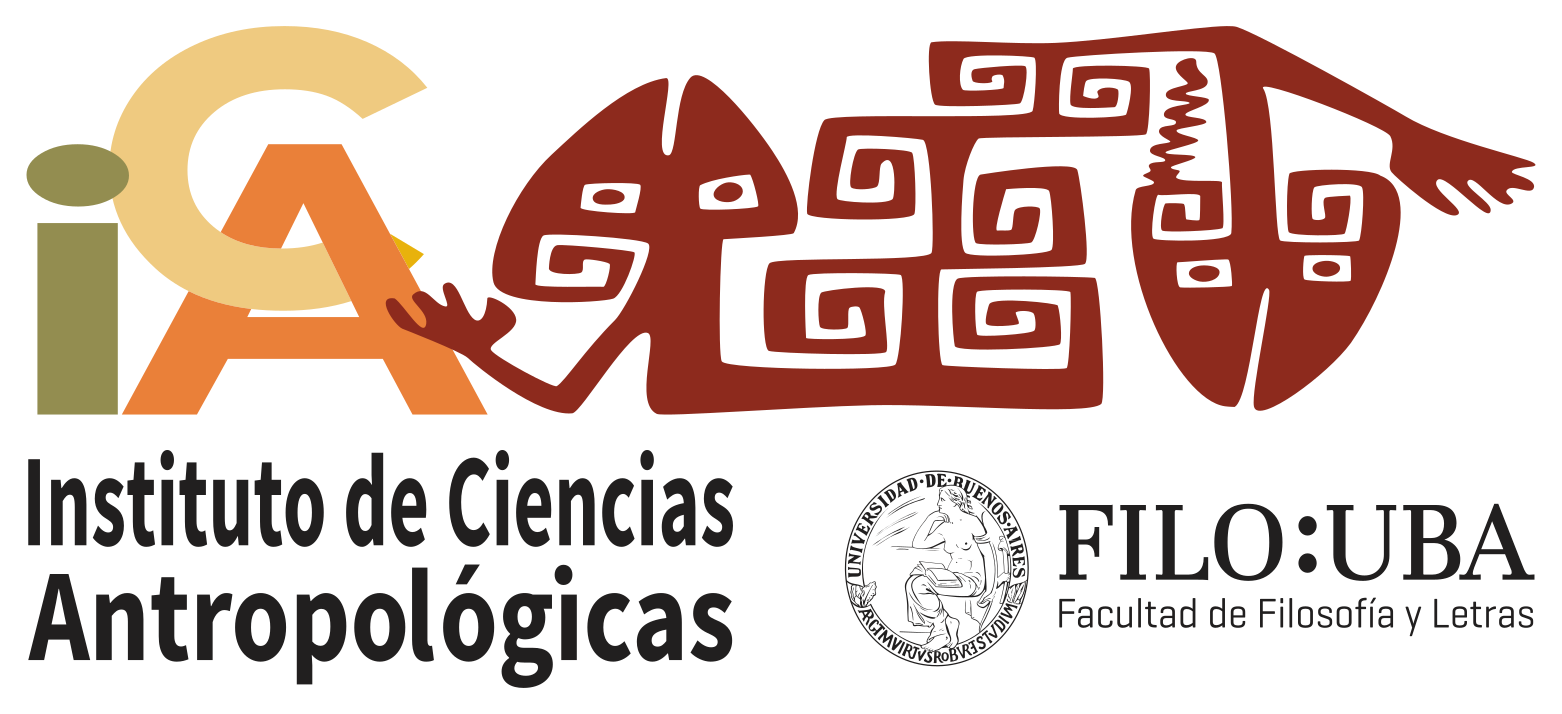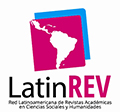Walls and Borders: The Shifting U.S.–Mexico Relationship and Transborder Communities
Abstract
By necessity, this article embeds a discussion of contemporary transborder communities —communities spread out in multiple locations in the U.S. and Mexico— in the history of U.S.-Mexico during the 19th and 20th centuries. The flexibility of the U.S.-Mexico border through time and as experienced by those who carry it metaphorically with them wherever they are suggests that rather than using concepts such as “the wall” to establish limits and difference that we focus on the concept of multiple borders. I will argue that the concept of “transborder” which can include borders of coloniality, ethnicity, race, class, gender, nation, and region can help us to illuminate U.S.-Mexico relationships through time and to understand why the idea of a “wall” is so culturally andDownloads

Esta obra está bajo una Licencia Creative Commons Atribución 4.0 Internacional
Cuadernos de Antropología Social sostiene su compromiso con las políticas de Acceso Abierto a la información científica, al considerar que tanto las publicaciones científicas como las investigaciones financiadas con fondos públicos deben circular en Internet en forma libre, gratuita y sin restricciones.
Los contenidos y opiniones expresadas en los artículos publicados son de entera responsabilidad de sus autores.
Los autores/as que publiquen en esta revista aceptan las siguientes condiciones:
- Los autores/as conservan los derechos de autor y ceden a la revista el derecho de la primera publicación, bajo la licencia de atribución de Creative Commons, que permite a terceros utilizar lo publicado siempre que mencionen la autoría del trabajo y a la primera publicación en esta revista.
- Los autores/as pueden realizar otros acuerdos contractuales independientes y adicionales para la distribución no exclusiva de la versión del artículo publicado en esta revista (p. ej., incluirlo en un repositorio institucional o publicarlo en un libro) siempre que indiquen claramente que el trabajo se publicó por primera vez en esta revista.















